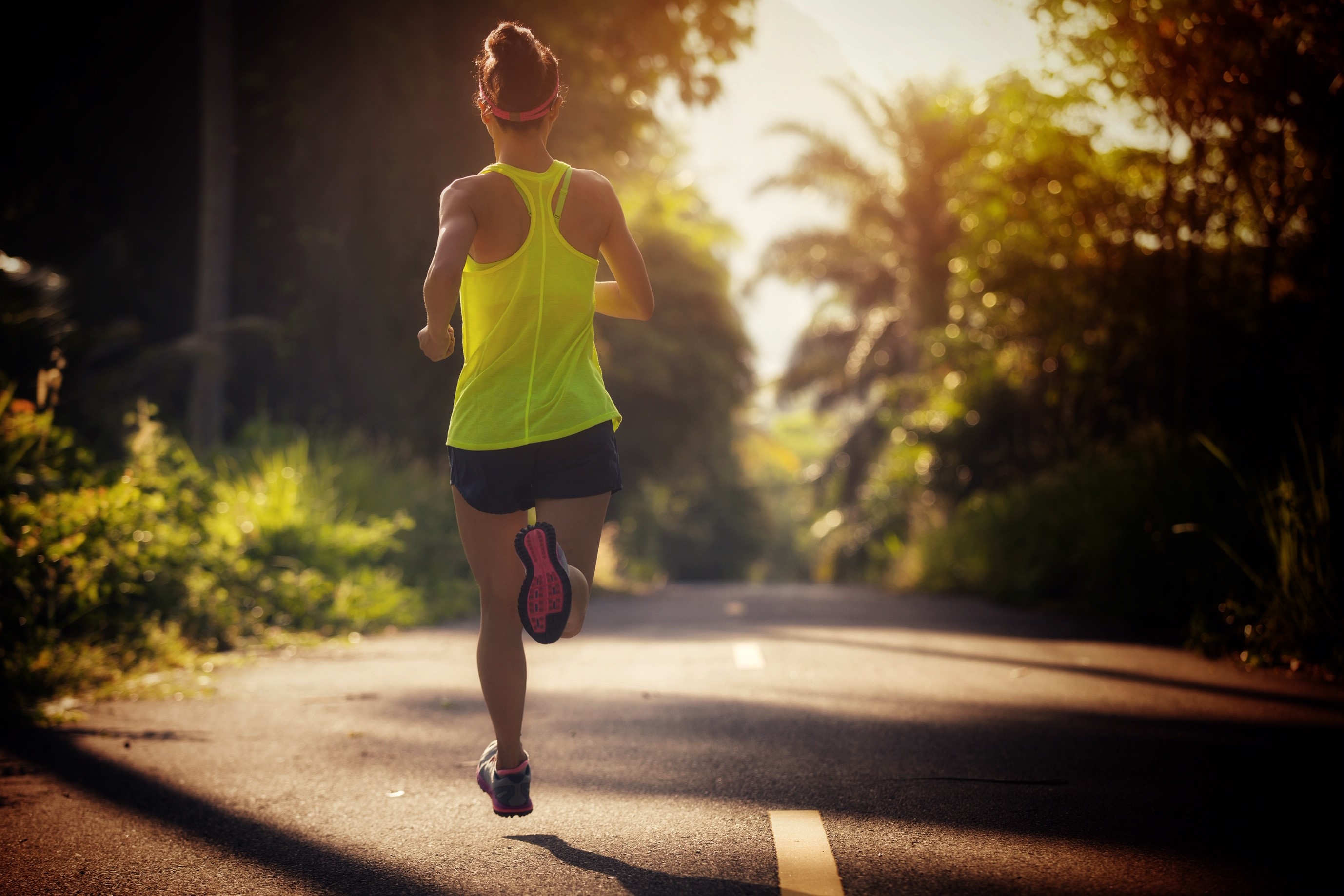Despite the recent burst of sunny weather across Europe, winter may not quite be over yet. However, spring is certainly on the way, and making its presence felt. For the distance runner that can only mean one thing – the start of the spring marathon season.
Marathons take place throughout the year, as you’d expect given the global popularity of this type of race, but the spring season always attracts plenty of attention as it includes two of the circuit’s most prestigious and hotly contested events, the London Marathon and Boston Marathon.
If you’re entering one of these giants on either side of the Atlantic, or you’re planning to test your pace at one of the many local marathons occurring around the world over the next couple of months, we’ve got a few tips on hydration which will help you make the most of the experience.
It’s a myth that you need an almost constant fluid intake when running long distance. Hydration is of course vitally important, but balance is key. Too little water, and your body will quickly suffer symptoms of dehydration, but too much can lead to discomfort, and in extreme cases to hyponatremia, where your body loses vital salts and electrolytes.
The precise amount you need will vary according to your individual body type, your gender, your level of fitness and your pace. Generally speaking though, your body is a reliable indicator when it comes to thirst – if you start to feel thirsty, take a drink, if you don’t feel it, don’t force extra fluid down.
For this approach to work, ensure you have your own supply with you so you can drink as needed, little and often, rather than having to wait for a supply station on the route (although these are great for top ups, you don’t want to be gulping down huge amounts in one go). This also means you can choose the type of water to carry – different levels of purity can have different effects on health and performance. A natural premium water can be much better than a refill from a public fountain, for example.
Of course, unless you’re incredibly confident, or perhaps we should say foolish, you won’t be embarking on a 26 mile race without having done significant training beforehand. As well as training your body, these sessions are a great way to track your typical water consumption, learning more about how often, and how much you need to take in to maintain the best performance.
Keep an eye on the weather too though, if it’s much hotter on the big day than you have been used to in training, you’re going to need to increase the amount you need to stay hydrated. And remember you’ll be losing electrolytes too, so switch to a sports drink occasionally, or carry a few pouches of carb gel with you to top up those essentials.
As with any strenuous activity, the key is to listen to your body. If you feel a niggle in a muscle or joint, you’d pull up to investigate. In exactly the same way, if you feel thirsty, faint or have a headache or dizziness, pull to the side and rest a little, check your fluid levels and ask for assistance if needed. It’s better to be safe than sorry, and catching a problem early could mean the difference between finishing proudly or having the disappointment of dropping out.

